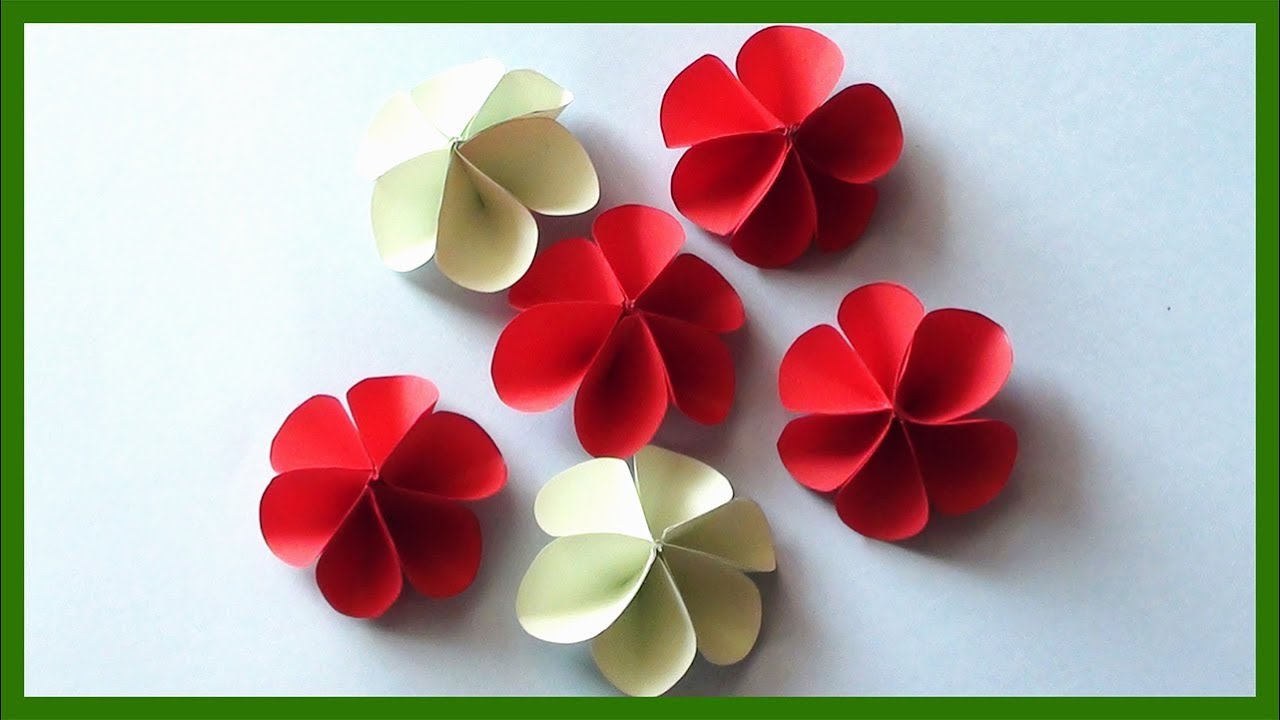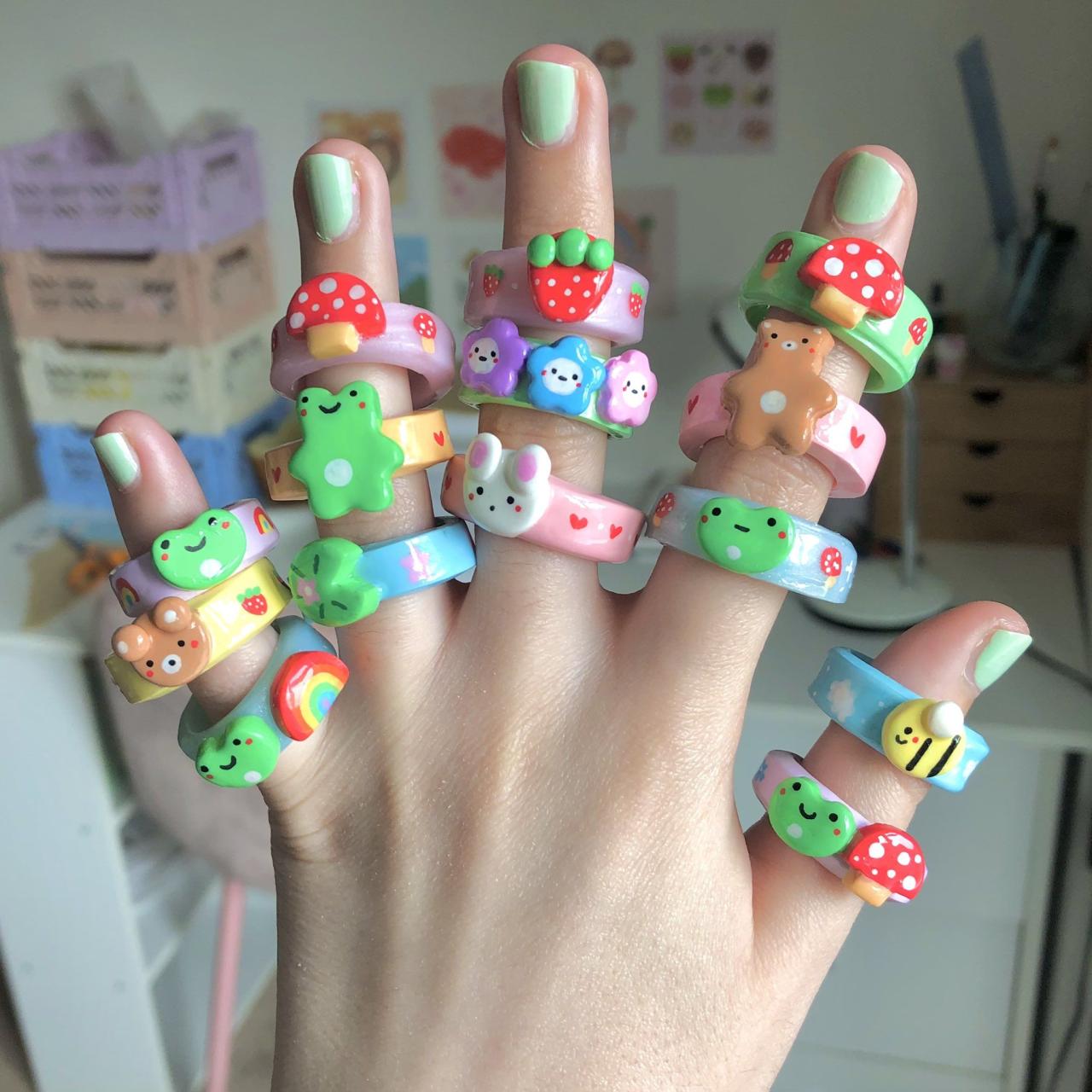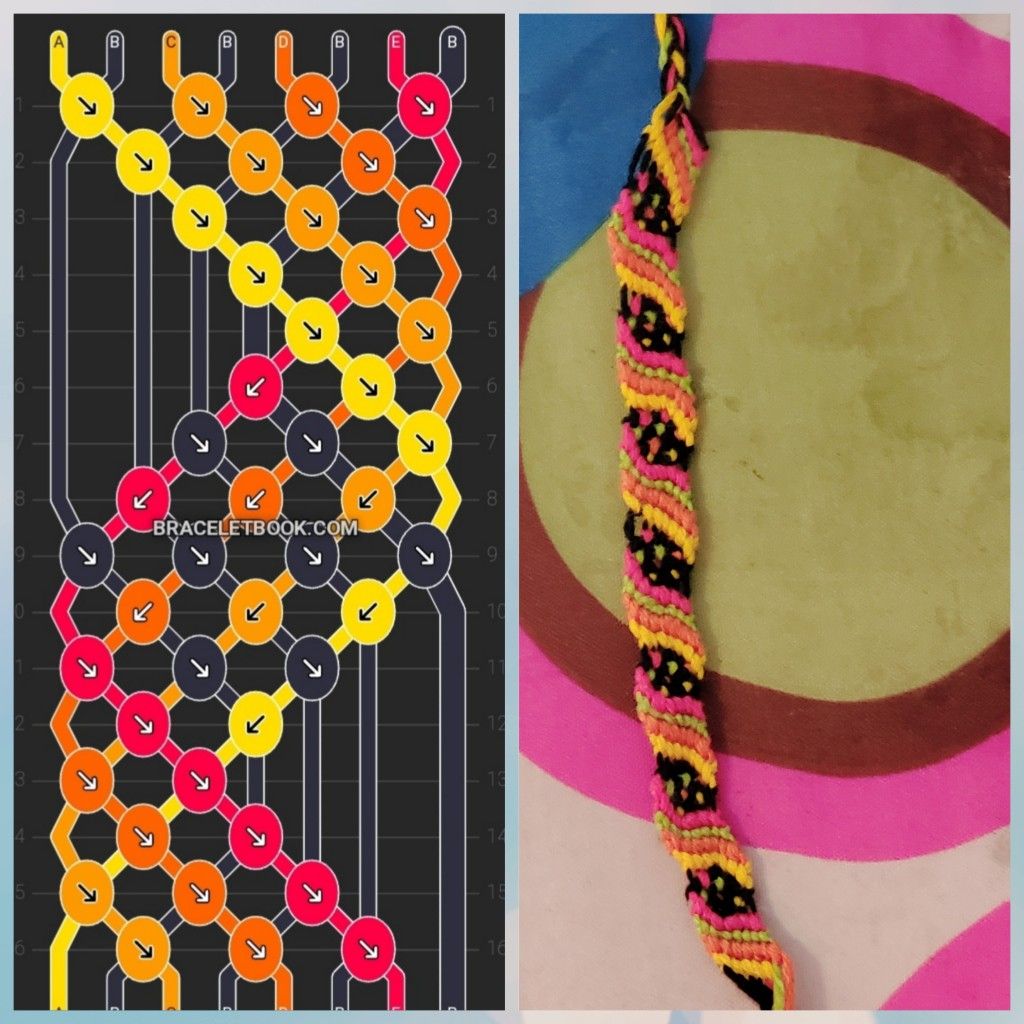Micro macrame, a delicate art form, takes the intricate beauty of traditional macrame to a whole new level. Imagine intricate knots, woven with threads so fine they seem to disappear into the fabric of the piece. This isn’t just a craft; it’s a captivating art form that blends meticulous technique with artistic vision.
The history of micro macrame is a fascinating journey, spanning centuries and cultures. While traditional macrame dates back to ancient times, micro macrame emerged as a distinct style in recent decades, driven by the desire to explore the limits of precision and detail in knotting. From intricate jewelry to stunning wall hangings, micro macrame offers a world of creative possibilities.
Materials and Tools: Micro Macrame
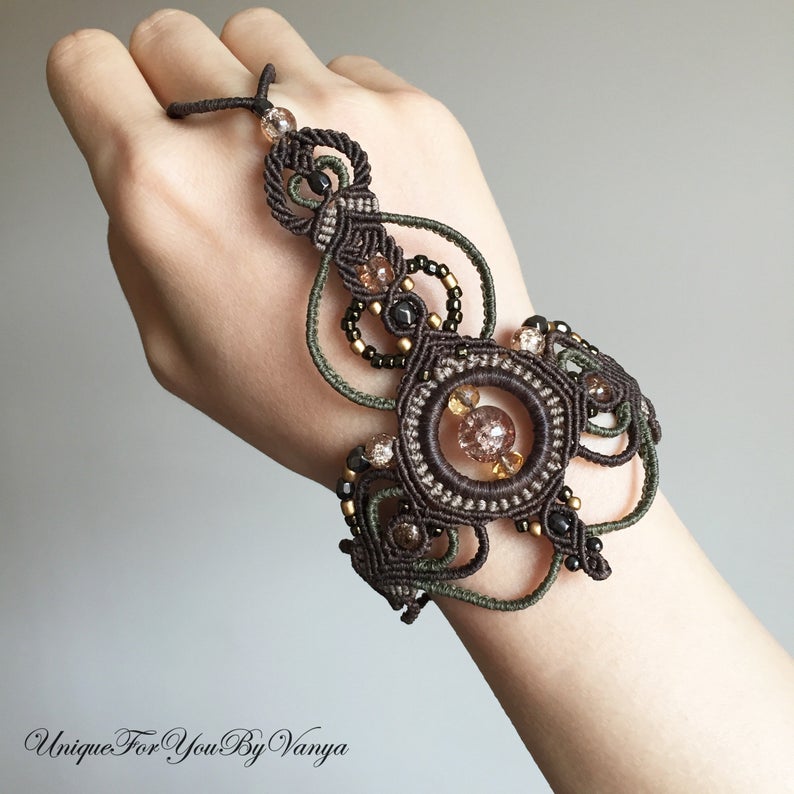
Micro macrame, as the name suggests, involves working with very fine threads, requiring specialized materials and tools to create intricate designs. The right materials and tools are essential for achieving precise and delicate knots, which are crucial for micro macrame projects.
Thread Types and Thickness
Choosing the right thread is paramount in micro macrame. The thread type and thickness directly influence the final appearance and durability of your work. Here is a table comparing different thread types and their suitability for micro macrame projects:
| Thread Type | Thickness (mm) | Advantages | Disadvantages | Suitability for Micro Macrame |
|---|---|---|---|---|
| Embroidery floss | 0.5-1.0 | Widely available, affordable, variety of colors | Can be slightly fuzzy, may fray easily | Good for beginners, smaller projects |
| Silk thread | 0.2-0.5 | Luxurious look, smooth finish, strong | Can be expensive, prone to tangling | Suitable for intricate designs, fine details |
| Cotton thread | 0.3-0.8 | Durable, easy to work with, versatile | May not be as smooth as silk | Good for both small and large projects |
| Synthetic thread | 0.2-0.6 | Strong, resistant to fading, easy to care for | May lack natural fiber feel | Suitable for various projects, particularly those with high durability requirements |
Tools for Micro Macrame
The tools used in micro macrame are just as important as the thread. They help to create consistent knots, hold the thread securely, and facilitate precise work.
- Scissors: Sharp, small scissors are essential for precise cutting of threads. Look for scissors with a pointed tip and comfortable handles.
- Beading needles: Beading needles are useful for threading small beads onto the macrame cord, adding an extra dimension to your projects.
- Clamps or dowels: These are used to secure the working threads, providing stability and ease of knotting.
- Measuring tape or ruler: A measuring tape or ruler is essential for accurately measuring the thread lengths and ensuring consistency in your work.
- Magnifying glass: A magnifying glass can be helpful for working with fine details, particularly for beginners who are still developing their knotting skills.
The choice of tools depends on the complexity of the project and personal preference. It’s recommended to start with basic tools and gradually expand your collection as you gain experience and explore more intricate designs.
Inspiration and Trends
Micro macrame, with its intricate knots and delicate designs, is a captivating art form that continues to evolve and inspire. It has witnessed a surge in popularity, driven by its versatility, aesthetic appeal, and ability to transform ordinary materials into extraordinary works of art.
Current Trends in Micro Macrame Design
Micro macrame has seen a shift towards bold and expressive designs, incorporating a wider range of colors, textures, and materials.
- Geometric Patterns: Geometric shapes, such as squares, triangles, and hexagons, are frequently incorporated into micro macrame designs, creating a sense of order and structure. These patterns are often used to create wall hangings, jewelry, and other decorative pieces.
- Abstract Designs: Micro macrame artists are increasingly exploring abstract designs, using free-flowing lines, organic shapes, and unexpected color combinations to create unique and eye-catching pieces.
- Mixed Media: Micro macrame is often combined with other art forms, such as embroidery, beading, and weaving, to create multi-dimensional and textured pieces.
- Sustainability: There is a growing interest in using sustainable materials, such as recycled yarn and natural fibers, in micro macrame projects. This reflects a broader awareness of environmental concerns and a desire to create pieces that are both beautiful and ethical.
Examples of Micro Macrame Artwork
Several artists and designers are pushing the boundaries of micro macrame, creating innovative and inspiring pieces.
- Sarah K. Benning: Known for her intricate and colorful micro macrame wall hangings, Sarah K. Benning’s work often features geometric patterns and bold color combinations. Her pieces are highly sought after by collectors and art enthusiasts alike.
- Macrame Society: This online community fosters creativity and collaboration among micro macrame artists. Members share their projects, tutorials, and inspiration, creating a vibrant network of macrame enthusiasts.
- The Knotty Project: Founded by artist and designer, Hannah K. This project explores the intersection of macrame and fashion, creating wearable art pieces that are both stylish and functional.
Key Elements of Micro Macrame Aesthetics
The unique aesthetic of micro macrame is characterized by several key elements.
- Intricate Knots: The foundation of micro macrame lies in the intricate knots, which are meticulously tied to create intricate patterns and textures.
- Delicate Designs: Micro macrame designs are often delicate and intricate, featuring fine details and intricate patterns that require patience and precision.
- Textural Variety: Micro macrame pieces often exhibit a wide range of textures, from smooth and silky to rough and rustic, adding depth and dimension to the artwork.
- Color Palette: The color palette used in micro macrame can range from muted and earthy tones to vibrant and bold hues, adding visual interest and personality to the pieces.
Micro Macrame in Contemporary Art
Micro macrame, with its intricate details and delicate textures, has transcended its traditional craft origins and emerged as a captivating force in contemporary art. It’s a testament to the enduring power of fiber art, where the humble thread becomes a medium for profound artistic expression.
Micro Macrame’s Integration into Contemporary Art
Micro macrame’s entry into contemporary art is marked by its versatility and ability to blend seamlessly with various artistic expressions. Artists are utilizing micro macrame in installations, sculptures, and performance art, pushing the boundaries of this traditional craft and redefining its artistic potential.
Micro Macrame Installations
Micro macrame installations create immersive experiences, transforming spaces into captivating realms of intricate detail and delicate beauty. These installations often explore themes of fragility, interconnectedness, and the ephemeral nature of existence.
- Artist [Artist’s name] created an installation titled “Web of Life,” where countless micro macrame threads were suspended from the ceiling, forming a complex network that resembled a spider’s web. The installation was a poignant commentary on the interconnectedness of all living things, highlighting the fragility and vulnerability of our ecosystems.
- Another artist, [Artist’s name], crafted a micro macrame installation that resembled a cascading waterfall. The intricate knots and delicate threads created an illusion of flowing water, capturing the beauty and dynamism of nature.
Micro Macrame Sculptures
Micro macrame sculptures offer a unique blend of intricate detail and three-dimensional form. These sculptures challenge traditional notions of sculpture, often blurring the lines between art and craft.
- Artist [Artist’s name] created a series of micro macrame sculptures that resembled miniature landscapes. Each sculpture was a miniature world, teeming with intricate details and hidden patterns. These sculptures were a testament to the artist’s meticulous craftsmanship and their ability to create worlds within a single thread.
- Another artist, [Artist’s name], created a micro macrame sculpture that resembled a human figure. The intricate knots and delicate threads captured the nuances of the human form, highlighting the beauty and fragility of the human body.
Micro Macrame Performance Art
Micro macrame performance art is a captivating fusion of craft, movement, and visual spectacle. These performances often involve intricate knots, delicate threads, and the artist’s own body, creating a mesmerizing interplay of form, texture, and movement.
- Artist [Artist’s name] created a performance art piece titled “Threads of Time,” where they meticulously crafted a micro macrame tapestry while simultaneously performing a dance. The performance was a powerful meditation on the passage of time, the interconnectedness of past, present, and future, and the delicate balance of life.
- Another artist, [Artist’s name], created a performance art piece titled “Unraveling,” where they slowly unraveled a large-scale micro macrame tapestry, revealing the intricate details and hidden patterns within. The performance was a commentary on the nature of creation and destruction, the beauty and fragility of life, and the constant cycle of change.
Closure
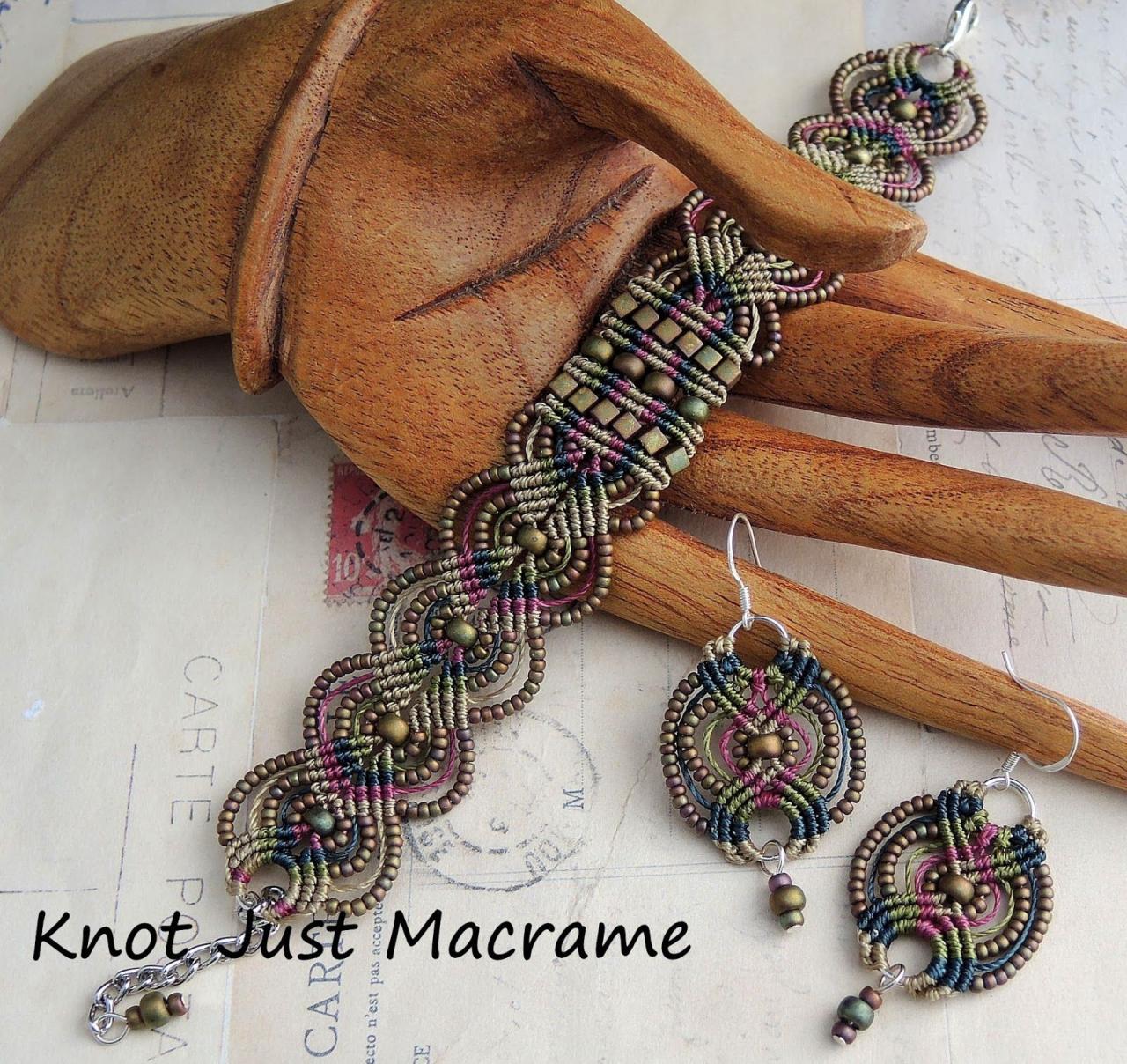
As you delve deeper into the world of micro macrame, you’ll discover that it’s not just about the knots; it’s about the stories they tell. Each tiny knot represents a moment of focused creation, a testament to the patience and skill of the artist. Whether you’re a seasoned crafter or a curious beginner, micro macrame offers a rewarding journey of exploration, creativity, and artistic expression.
Micro macrame is a wonderful way to add a touch of handmade charm to your home decor. You can create intricate designs using simple knots and threads, and the possibilities are endless. If you’re looking for some inspiration, check out these fantastic DIY fall decor ideas here ! You can easily incorporate micro macrame into your fall decorations by making adorable little pumpkins, leaves, or even a cute little scarecrow.
Get creative and enjoy the process of crafting something unique for your home.

